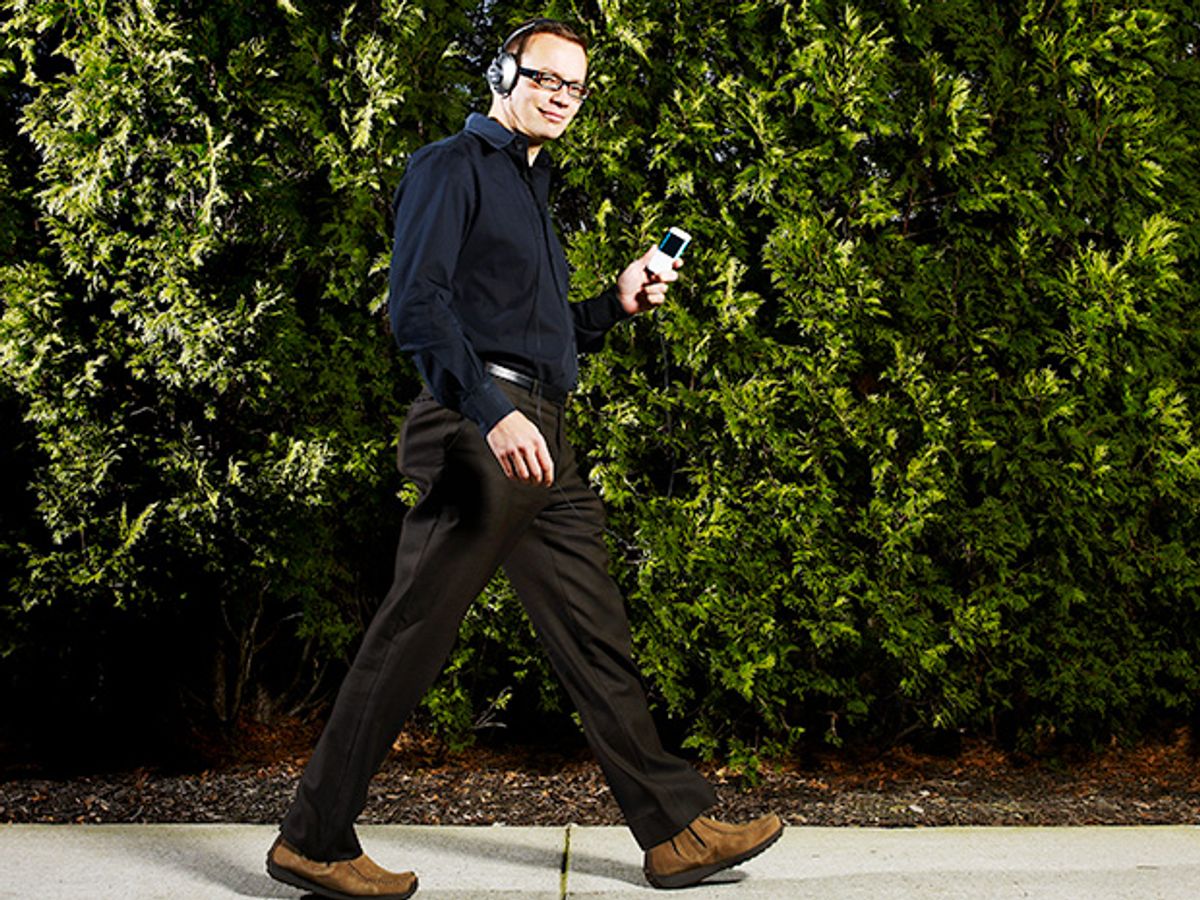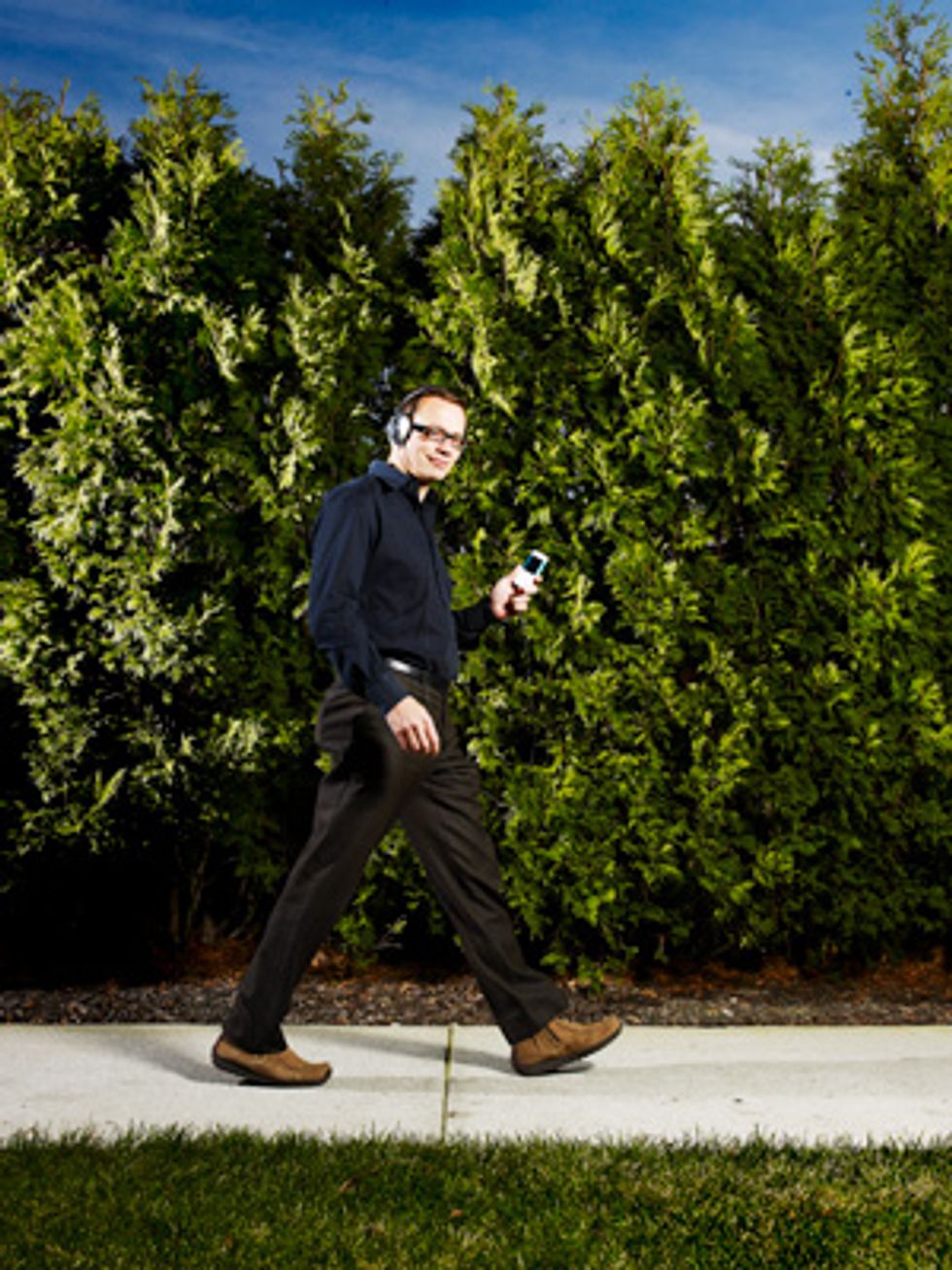Tero Ojanperä: Dial M for Music
From CTO to Chief Tunes Officer

This profile is part of IEEE Spectrum’s Special Report on Dream Jobs 2009.

Nokia is the world’s largest maker of mobile phones, with almost 40 percent of the market and 51 billion in annual revenues (US $70 billion in 2007 revenues). Two years ago, its top executives decided that wasn’t enough: The company would also become a major player in the entertainment industry. That unlikely shift in corporate strategy transformed Tero Ojanperä into a budding music mogul.
Technically, he is Nokia’s executive vice president for entertainment and communities, but the blond, gap-toothed Finn doesn’t exactly fit that title, either. For one thing, Ojanperä has a Ph.D. in electrical engineering and had enjoyed a distinguished research career in wide-area cellular networking before becoming the company’s chief strategy officer in 2005 and, subsequently, chief technology officer.
And well before that, he was a quiet, inquisitive kid growing up in rural Korsnäs, Finland, a place so placid that on its Web site it touts itself as “a safe place to settle for people in all ages.” Technology helped break the isolation and gave him something to do, Ojanperä says. “My friends and I, we were always programming with a Commodore 64, learning the assembly language for it,” he says.
He earned bachelor’s and master’s degrees in electrical engineering at the University of Oulu and then went straight to Nokia’s research division. Ojanperä worked hard and rose fast, and at 38 he was on the executive board and in command of the sprawling research organization. He was also pursuing a Ph.D. in electrical engineering, which he finally earned in 1999.
Around that time, Ojanperä and his colleagues on the board became convinced that Nokia’s handsets would have to do a lot more than make calls. Many of the phones could play MP3 audio, and the board decided that Nokia should be able to sell its customers music, too—and that Ojanperä was just the guy to figure out how. He was relocated to White Plains, N.Y., north of New York City, and given a free hand to lure talent to the newly created entertainment group. Among his hires were George Linardos, a film-industry veteran and long-time associate of the director Oliver Stone, and Liz Schimel, who had been in charge of digital media at AT&T and then Comcast. Linardos took over business development, while Schimel became the head of the music operation.
Ojanperä now spends his days overseeing deals with record labels and considering designs for new handsets so that they not only play music but also make the company money by selling it. If he succeeds, Nokia will be one of a select few companies to do so.
He seems to relish his new role, but in a quiet and self-effacing sort of way. “I can’t complain,” is what he says. Then he laughs and adds, “that’s Finnish for ‘It’s a great job!’”
The centerpiece of his music strategy is a cellphone service called Nokia Comes With Music, which lets users download as many songs as they like to their cellphones from a 4-million-title playlist. (There’s no separate price for the service, but the United Kingdom’s Carphone Warehouse charges about £130 ($190) for a Nokia 5310 with Comes With Music and about £60 for one without it.) The service was introduced in the UK in October and will be launching in other countries this year.
Ojanperä is on the go almost constantly. Says Linardos, “I have these weird moments when I’ll chat briefly with him in the hallway, and then I’ll get a call from him the next morning from California—or China. You do the math, and he must have gotten to the plane 45 minutes after our conversation. And you’ll see him in the office a day later and find out that he stopped off in Espoo”—where Nokia is headquartered. “I think he flies east and just touches down every once in a while.”
Ojanperä says only that it’s important to visit Nokia’s seven far-flung research locations and to see what’s happening around the world. “In Africa, for example, the phone is their first computer,” he says. “And it’s used to figure out the price of a crop as well as for recording music and sharing it with friends.”
So even with the endless travel, is this a great job? Ojanperä, ever the Finn, grins and says simply, “It’s not so bad.”
To Probe Further
For more articles and special features, go to Dream Jobs 2009.